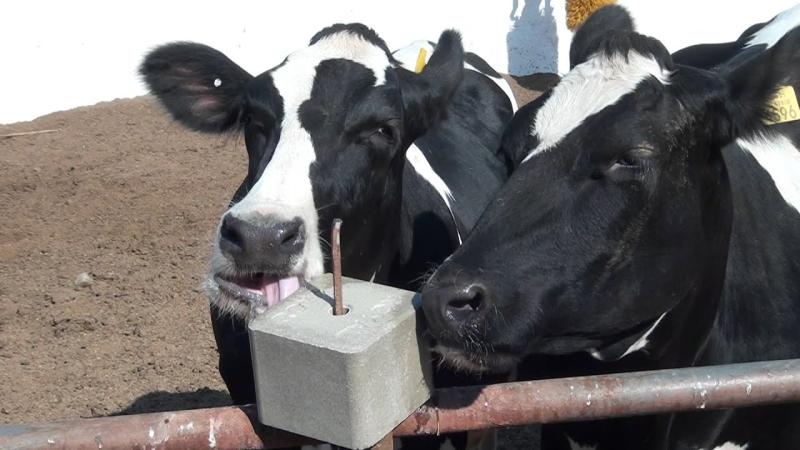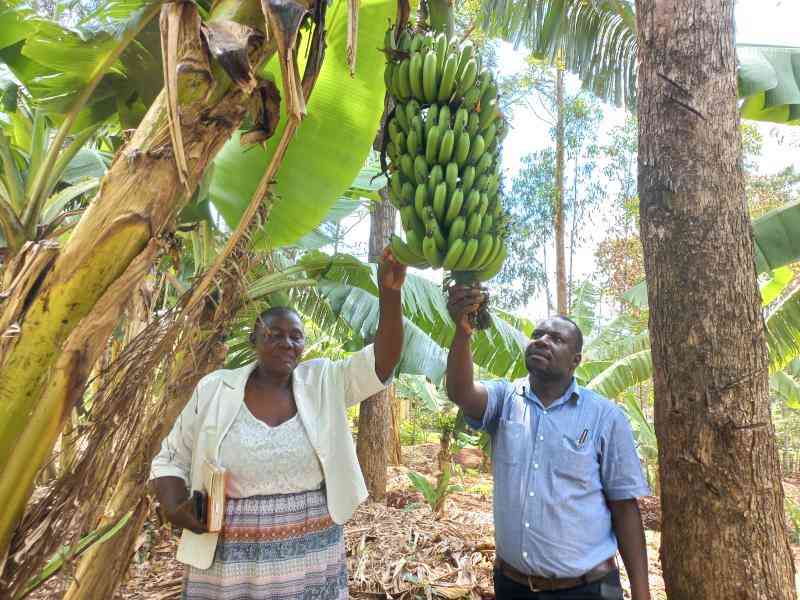
1.You are a LEGS trainer. What does this mean and what need does the programme fulfill in the livestock production and the veterinary services sector?
Actually I am a LEGS trainer of trainers. LEGS stands for Livestock Emergency Guidelines and standards. It refers to a set of knowledge and skills that are useful to actors in humanitarian situations where the quality and health of Livestock is under threat due to various disasters such as drought, or man made disasters, such as war. You will notice that the word emergency is included in the name LEGS. Therefore, in my training role, I focus my capacity building efforts on key actors in emergency situations. In this regard, I train senior officials in governments or in humanitarian agencies such as the International Committee for the Red Cross.
2. What do you train them on?
During a disaster, governments and humanitarian agencies are usually focused on addressing the immediate emergency. For example, if the emergency is drought, water may be trucked in to help provide relief to the humans and livestock. This is both necessary and correct. However, to resolve the disaster in a way that ensures the survival of the community you also need to address the impact of the disaster on their livelihood as farmers and herders. This is a more long term consideration than the immediate concerns of immediate disaster relief. This is done by connecting humanitarian aid to livelihoods.
When senior officials are conversant with LEGS, they can implement sustainable solutions from the very beginning of the disaster that ensure that the quality and health of the livestock is addressed while providing disaster relief. This will, for example, enable the market rate of cows to remain steady even during droughts, which preserves the livestock herders’ wealth and livelihood. That is what LEGS is all about. When LEGS is incorporated by policy makers and actors in the field of livestock management during emergency or disaster situations, the livelihood – and source of wealth - of the affected community is preserved.
3.What tools does LEGS provide that enable its practitioners to achieve such a lofty goal?
Through appropriately designed standards and protocols which introduce a high level of quality control in the interventions selected and deployed during the disaster. For example, when you provide water to cows, all parties concerned must have a system in which clean water is procured and not contaminated water that will damage the health of the animals concerned. Our standards and protocols will ensure that water tests are conducted at certain intervals, for example.
4. LEGS is a community based approach to animal health management. In 1998, the Kenya Veterinary Board (KVB) published a letter in the national newspapers threatening to punish livestock owners and veterinarians involved in community based animal health care approaches which they regarded as dangerous and alienated the real professionals. What was the impact of that letter?
The letter forced all stakeholders together into a policy network to try to find a solution. It provoked the launch of a multistakeholder study (known widely as the Hübl study) which significantly increased the weight of evidence still further in support of the decentralized approach. A multi-stakeholder workshop in Meru in 1999 (based on ITDG’s Vets Workshops) provided a clear signal from policy-makers that they were interested in finding a solution, which improved the political climate for change still further. The crisis caused by the KVB letter in 1998 was clearly the tipping point.
Beforehand there was a long period where community based schemes gradually proliferated, generating powerful evidence of their value, and providing an issue around which different groups of stakeholders, supporters and antagonists could form formal and informal networks. Afterwards, there was a surprisingly long process where all stakeholders came together to develop a new policy framework.
6. Livestock Services have attracted controversy ever since the Structural Adjustment Programmes imposed on the government by donors forced privatisation of the services. Has privatization destroyed the quality of services available to farmers?
Livestock services have long been regarded as an easy target for reform and privatisation, first under Structural Adjustment Programmes in the late 1980s and early 1990s, and later, as part of re-orientating agricultural services under poverty reduction strategies. However, veterinarians and governments in most countries have been very reluctant to liberalise the policy framework to allow private and especially para-professional services to flourish, despite good evidence that paravets can provide an effective, cost-efficient and safe service. Livestock services, and in particular, clinical veterinary services, were among the first rural services targeted for privatisation under SAPs, particularly in Sub-Saharan Africa.
As clear ‘private goods’, and as most livestock keepers seemed to be prepared to pay for them, Finance Departments and experts regarded them as an easy target. Veterinarians in most sub saharan countries, mostly employed by the government, however proved very reluctant to move into private practice. Around the same time, many NGOs, and some government departments established very successful small-scale decentralised animal health programmes, where trained livestock keepers provided clinical veterinary services, for a fee, to their neighbours .
The veterinary profession however, was very suspicious of these programmes and despite good evidence that decentralised animal programmes provide an effective, cost-efficient, and safe service, few livestock departments were prepared to change policies to promote the expansion of these approaches.
6. What is your most memorable experience as a LEGS trainer?
I have travelled extensively around the horn of Africa and have convened approximately 31 workshops across all six countries. I was recently in Somaliland, in the city of Hargeisa, where I trained officials from both Humanitarian agencies and the Somali government. However, my most memorable experience was when I was invited by the FAO to train farmers in Palestine in both Ramallah and Gaza City. I was joined by an Italian and a Senegalese colleague. When we arrived, we found the farmers waiting for us, ready to learn. They were very surprised that they were being trained by Africans when they had expected only Europeans. Since they didn’t speak English and I did not speak their language, everything was done through an interpreter. It took a lot of creativity and common sense to explain things during the course but we had a wonderful time and completed the course successfully. At the end of the training my students told me that they have been focused on getting knowledge from Europe in the past. But now they know that even Africans were capable of helping them! It was also a memorable experience.
7.You were one of the leading supporters of the community based approach to veterinary services during your time within government. Why?
I was moved from a veterinary public health post in Nairobi to become Provincial Director of Veterinary Services in Eastern Province in 1989. This brought me face to face with the difficulties of trying to provide adequate animal health services in the ASAL areas with ever dwindling resources.
8.What was the cause of this resource deficit?
Budget restrictions began to bite in the late 1980s and the government stopped automatically employing all vets and Animal Health Technicians (AHTs) on graduation in 1988, and froze recruitment into vacant posts. This had a disproportionate impact in the ASAL areas (commonly referred to as hardship areas) as vets and AHTs in those areas frequently requested transfers to less remote areas. The University and Technical Training Institutes carried on training veterinary staff, turning out about 50 veterinary graduates and approximately 300 AHTs each year. Although some of the vets and AHTs started working privately, and others were employed by private sector companies, NGOs and cooperatives, or moved into different professions, the number of unemployed vets and AHTs increased.
Want to get latest farming tips and videos?
Join Us
 The Standard Group Plc is a multi-media organization
with investments in media platforms spanning newspaper print operations,
television, radio broadcasting, digital and online services. The Standard Group
is recognized as a leading multi-media house in Kenya with a key influence in
matters of national and international interest.
The Standard Group Plc is a multi-media organization
with investments in media platforms spanning newspaper print operations,
television, radio broadcasting, digital and online services. The Standard Group
is recognized as a leading multi-media house in Kenya with a key influence in
matters of national and international interest.
 The Standard Group Plc is a multi-media organization
with investments in media platforms spanning newspaper print operations,
television, radio broadcasting, digital and online services. The Standard Group
is recognized as a leading multi-media house in Kenya with a key influence in
matters of national and international interest.
The Standard Group Plc is a multi-media organization
with investments in media platforms spanning newspaper print operations,
television, radio broadcasting, digital and online services. The Standard Group
is recognized as a leading multi-media house in Kenya with a key influence in
matters of national and international interest.







